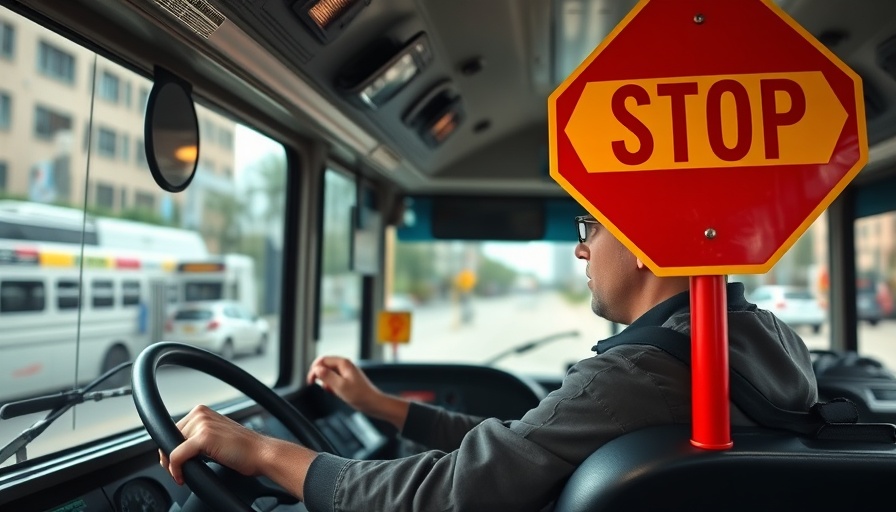
Progress in Boston School Transportation: A New Era
As Boston Public Schools (BPS) embarks on a new school year, there’s a palpable sense of optimism among families. With two-thirds of the school buses arriving on time on the first day, the district celebrated its highest on-time arrival rate yet. While a 66% performance rate may still leave room for improvement, it marks a significant increase from the previous year's mere 34% on-time rate.
Improvements Reflect Commitment to Student Safety
This year's numbers indicate a strong commitment towards rectifying previous transportation issues. District officials laud significant strides made through reforms, including enhanced contracts and modernization of technology. These upgrades are particularly crucial given the recent tragedies that have underscored the importance of safety in school transportation.
Understanding the Importance of Reliable School Transportation
Reliable school transport isn't just a logistical issue; it directly impacts students’ educational experience. Late buses can lead to lost instructional time, which may hinder academic performance and create barriers to learning. Parents in Boston, whose children rely on these buses, undoubtedly feel the relief of knowing that improvements are underway. However, the lingering question remains: how sustainable are these enhancements?
Looking Ahead: Challenges and Opportunities
While Thursday’s statistics are promising, BPS officials recognize that more progress is necessary. Enhancements such as comprehensive training for drivers and real-time tracking technology are steps in the right direction, but it is essential to ensure that these solutions are effectively implemented and consistently applied.
Community Support and Engagement Are Key
Active community involvement will play an essential role as Boston undertakes this transportation overhaul. Families, educators, and the city must work collectively to ensure students have safe, timely access to their schools. For many Bostonian families, the reliability of school transportation holds a significant weight in their daily lives. As such, transparency from BPS regarding its ongoing challenges and successes will foster trust and support from the community.
Conclusion: A Call for Ongoing Engagement and Vigilance
In summation, while the 66% on-time performance is commendable, the journey towards improvement is ongoing. For parents and guardians, this development is a step worth celebrating, but vigilance and community engagement are vital. Keeping the lines of communication open between parents and the district can help ensure that all students get the reliable transportation they deserve.
 Add Row
Add Row  Add
Add 




Write A Comment